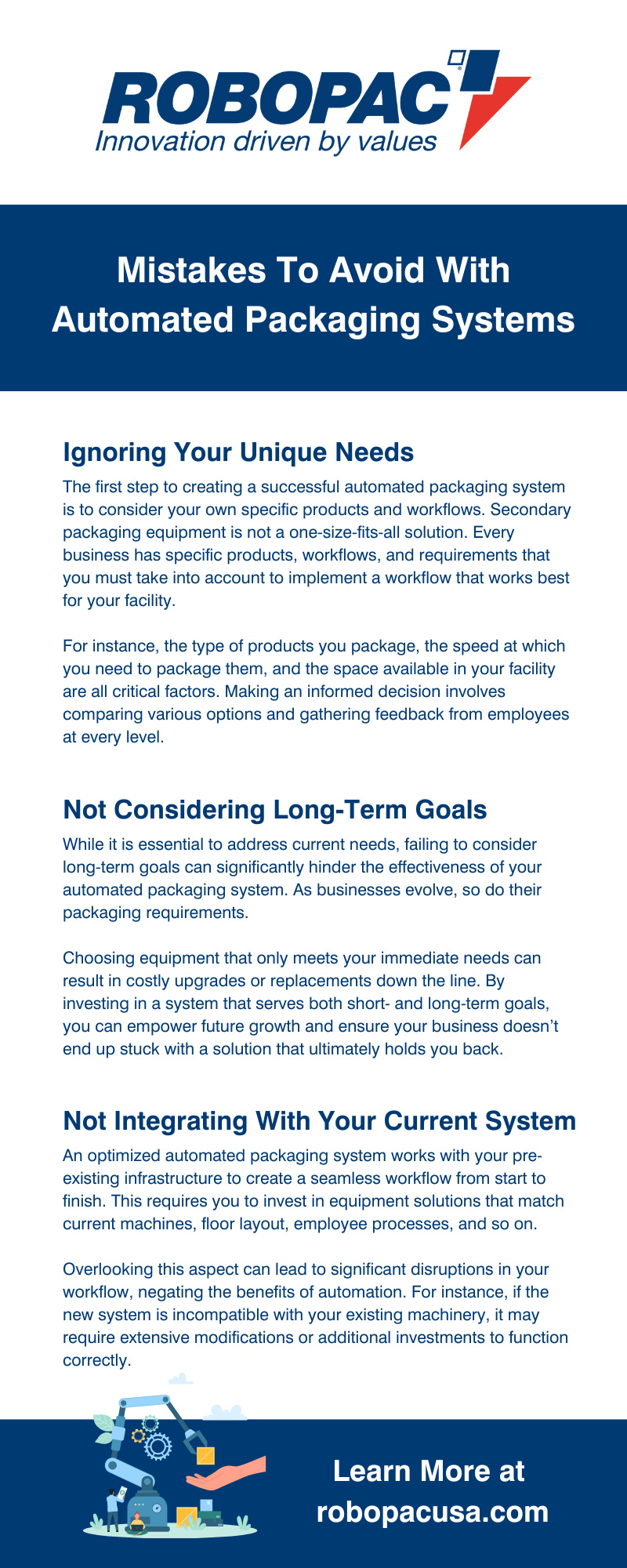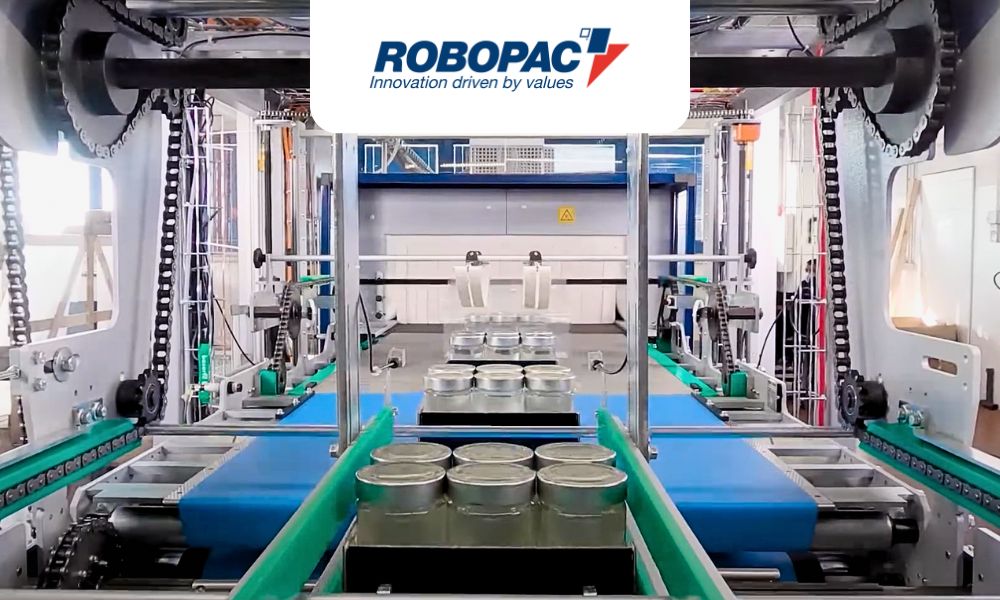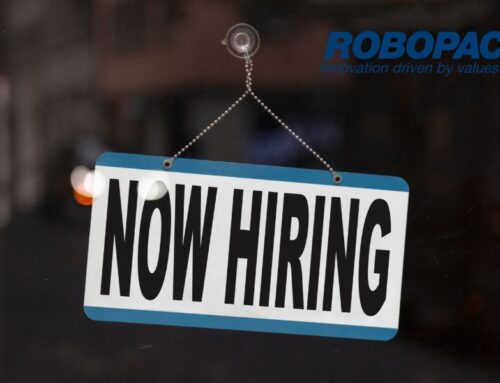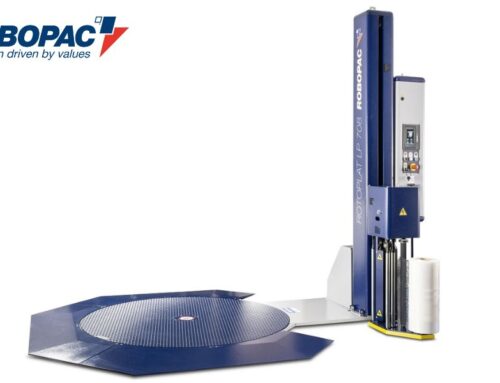Automated packaging systems have become an essential component in modern industries, offering substantial benefits such as increased efficiency, improved safety, and reduced labor costs. However, if you want to make the most of your new packaging equipment, you need to approach every step of the process with careful planning and consideration.
By making informed decisions and avoiding the common assumptions and pitfalls that trip up other companies, you can optimize your operations and create a streamlined workflow that brings lasting success to your business. Read on to explore some of the common mistakes to avoid with automated packaging systems so that you can ensure your new packaging solution meets your business needs.
Ignoring Your Unique Needs
The first step to creating a successful automated packaging system is to consider your own specific products and workflows. Secondary packaging equipment is not a one-size-fits-all solution. Every business has specific products, workflows, and requirements that you must take into account to implement a workflow that works best for your facility.
For instance, the type of products you package, the speed at which you need to package them, and the space available in your facility are all critical factors. Making an informed decision involves comparing various options and gathering feedback from employees at every level.
By incorporating insights from those who will directly interact with the equipment, you can identify a solution that enhances productivity and streamlines your workflow. Skipping this step could lead to investing in a system that does not fully meet your operational needs, thereby diminishing potential gains in efficiency and productivity.
Not Considering Long-Term Goals
While it is essential to address current needs, failing to consider long-term goals can significantly hinder the effectiveness of your automated packaging system. As businesses evolve, so do their packaging requirements.
Planning for the future involves looking ahead to what your facility might need in the next 5 to 10 years. For example, if you aim to double your customer base or diversify your product offerings, your packaging system should be scalable to accommodate these changes.
Choosing equipment that only meets your immediate needs can result in costly upgrades or replacements down the line. By investing in a system that serves both short- and long-term goals, you can empower future growth and ensure your business doesn’t end up stuck with a solution that ultimately holds you back.
Not Integrating With Your Current System
An optimized automated packaging system works with your pre-existing infrastructure to create a seamless workflow from start to finish. This requires you to invest in equipment solutions that match current machines, floor layout, employee processes, and so on.
Overlooking this aspect can lead to significant disruptions in your workflow, negating the benefits of automation. For instance, if the new system is incompatible with your existing machinery, it may require extensive modifications or additional investments to function correctly.
Engaging with employees who work on the floor and will be directly impacted by the new solutions is critical. Their firsthand experience and insights can help identify potential integration challenges and ensure a smoother transition.
Focusing on Upfront Costs
One of the most significant mistakes to avoid with automated packaging systems is focusing too much on the upfront costs. While it’s crucial to consider the initial investment, it’s equally important to look at the long-term benefits these systems offer.
An automated packaging system is not just a purchase; it’s an investment that will affect your workflow, budget, and overall business strategy for years to come. Instead of just looking at the price tag, consider how the machine aligns with your long-term goals and enables growth and scalability. Pay attention to projected return on investment, too. The right equipment will save you money in the long run through increased efficiency, reduced labor costs, and minimized waste.
Rushing Implementation
In the rush to reap the benefits of automated packaging systems, many companies make the mistake of speeding through the implementation process. Proper installation is critical for ensuring your new system works optimally from day one.
Professional installation services can help set up the machine correctly, ensuring all components function harmoniously. This initial setup phase is also a perfect time to train your employees on the new system, helping them understand the new workflow and eliminating potential frustrations, mistakes, and delays.
A rushed implementation can lead to operational hiccups, delays, and increased downtime, negating the very benefits you sought to achieve with automation. Taking the time for a thorough, well-planned implementation can make all the difference in achieving a smooth transition and setting yourself up for long-term success.
Skipping Employee Training
One of the most critical yet frequently overlooked aspects of integrating new automated packaging systems is employee training. It’s easy to assume that extensive training isn’t necessary because these systems boast an intuitive interface and user-friendly operation. However, this assumption can lead to significant issues down the line.
Proper training ensures employees understand the functionalities and capabilities of the new equipment, enabling them to operate it effectively and efficiently. Without adequate training, employees may struggle to adapt, leading to operational delays and errors.
Furthermore, well-trained employees can quickly troubleshoot minor issues. This helps reduce machine downtime while also saving money on maintenance costs. Training also fosters a sense of ownership and confidence among employees, mitigating resistance to change and enhancing overall productivity from day one.
Overlooking Maintenance Needs
Once your automated packaging system is up and running, it can be tempting to view it as a set-it-and-forget-it solution. However, even the most advanced machines require regular maintenance to function optimally. Neglecting routine maintenance can result in unexpected downtimes, decreased efficiency, and increased repair costs.
Routine maintenance activities—such as cleaning, lubrication, and inspection—are vital to keeping your equipment in pristine condition. Regularly scheduled maintenance allows for the early detection of wear and tear, preventing minor issues from escalating into major problems. By prioritizing maintenance, you ensure your packaging system continues to deliver consistent results, thereby protecting your investment and maintaining operational efficiency.
Not Partnering With the Experts
Choosing the right automated packaging system is just the first step. You also want to partner with a supplier who not only offers state-of-the-art equipment but also possesses deep expertise in the field of packaging automation. A knowledgeable supplier can provide invaluable insights and support, helping you create a tailored packaging solution that aligns with your unique business needs.
Working with experts—like the team at Robopac USA—ensures you receive comprehensive guidance throughout the implementation process, from system design and installation to training and ongoing support. Make the most of your automated packaging workflow when you explore the case packer machines and other cutting-edge secondary packaging equipment at Robopac USA today.








